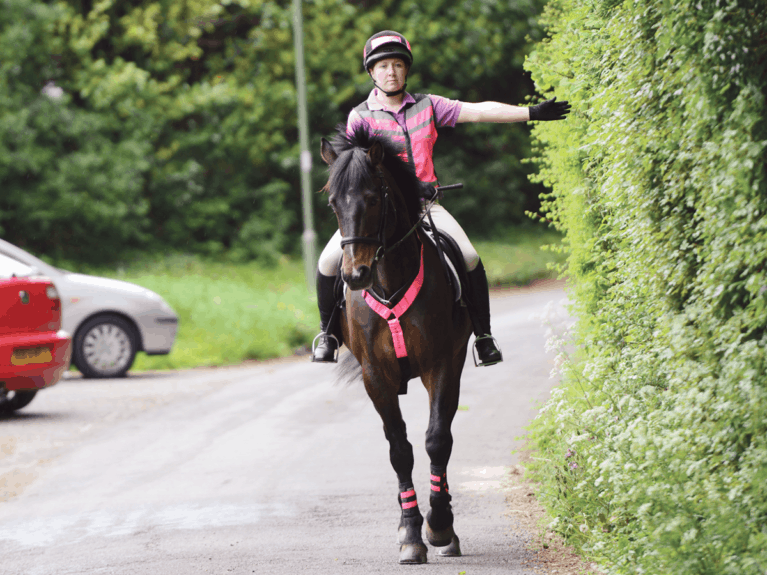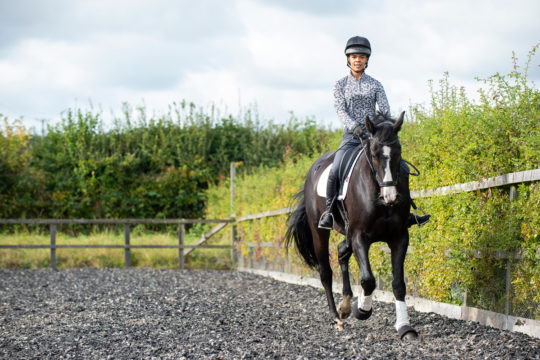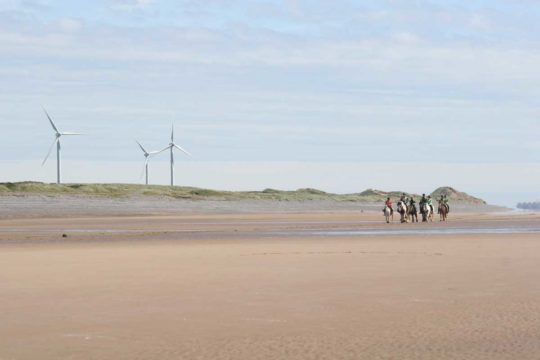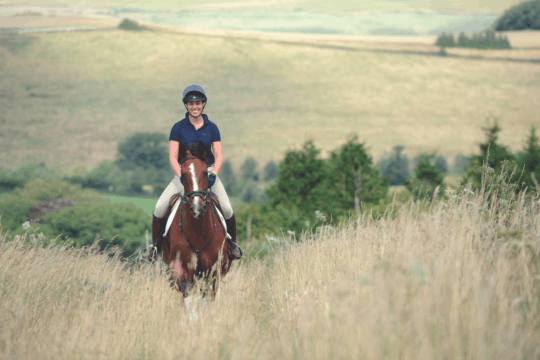From equipping you and your horse with the skills to safely and courteously ride on the road, to upskilling friends, family, colleagues and neighbours to pass horses with more care, join our campaign for considerate road sharing
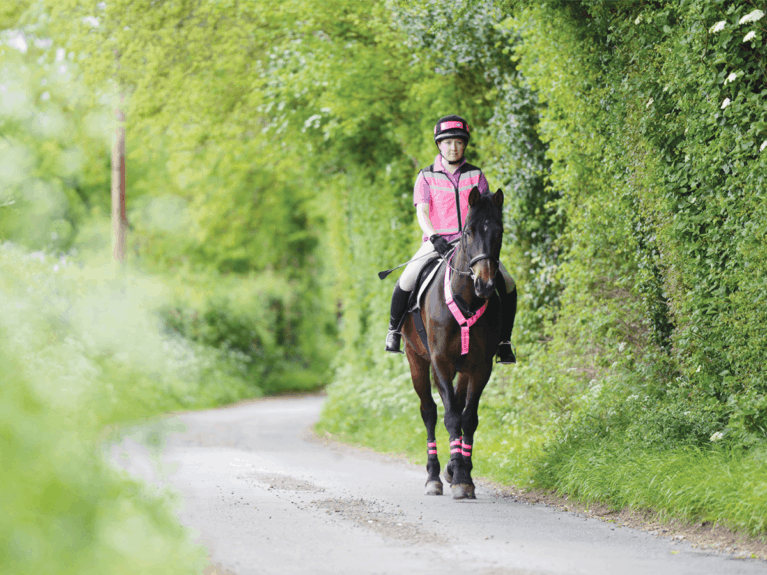
While ensuring you and your horse know how to deal with the different situations you’ll find out and about on the road is important, protecting yourself while riding on the road is a much, much broader issue for which we all need to take responsibility. So, join the Horse&Rider campaign today, improve your own skills, and begin shaping attitudes and educating other road users.
Education about horses and riders on the roads is key
Start small – for example, a post on your Facebook or Instagram account – and build up to spreading the word. Here are some ideas to get you started…
- start close to home Do your non-horsey friends and family know about best practice for passing horses? If not, take the initiative to explain it to them
- work your co-workers Speak to your line manager or team leader for permission to stick up a poster in the kitchen, and consider teaming up with other colleagues who are vulnerable road users, such as cyclists, to get the message across
- shop local Harness the power of your horsey friends and approach local businesses to ask about educating their staff
- drive safe Professional drivers from taxi and bus companies, as well as driving school instructors, should all know best practice for passing any vulnerable road user, but contacting them to ensure they’re teaching students and staff the best way to manage encounters with horses could make a huge difference. The same applies to local haulage companies
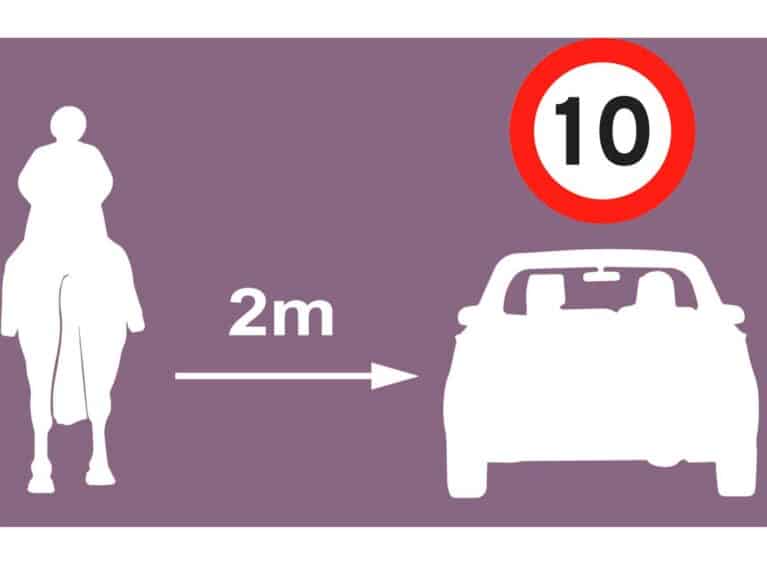
Look after yourself
The onus isn’t just on other road users to pass with care – we’ve all come across inconsiderate and poor riding on the roads. Don’t assume you’re not guilty of this. Instead, really consider whether you could improve the way you ride on the roads to encourage others to be more courteous…
- what to wear You’ve probably heard the statistics before, but high-vis clothing that’s fluorescent and reflective means other road users will see you up to three seconds sooner than if you’re not wearing any. That’s plenty of time to save your life and your horse’s, so put pride and fashion sense aside – or invest in one of the many smart reflective jackets available – and ensure you and your horse wear at least one item each. Consider how much fluorescent and reflective material is visible from in front and behind – the more, the better. A tabard and leg wraps – on all four legs, or at least both off-side legs – is ideal
- upskill your riding Do you always use clear signals to indicate your intentions and in a considerate way? Could you let that car pass before indicating that you need to turn right?
- is your horse ready? If he’s fresh, inexperienced or spooky, consider when and whether it’s right to hack him on the road. If staying off-road isn’t an option, avoiding rush hour, riding with a confident companion or lungeing first to diffuse excess energy are all sensible options before you head out
- proactive, not reactive It’s important to ride with your head and think about what’s happening around you, just as you would when driving. Wherever possible, move out of the way to allow cars to pass, whether that means tucking into a layby or trotting on to a wider stretch of road or passing place. Never hold up traffic unless it’s essential. At the same time, if riding defensively is necessary for your safety, don’t be afraid to do so, but be very aware that affected road users are unlikely to understand your reasons, which means you can’t lay on too thickly the thanks for their patience, even if shown begrudgingly
- do as you would be done by Always thank every driver who shows you any courtesy at all, even if it’s grating when you feel they could have done more. But thanking them is only half the story – if you show your gratitude at the wrong time, it’ll be missed by the driver and is, essentially, pointless. It’s vital to thank drivers before they’re level with you – ideally by taking a hand off the rein, smiling and saying ‘thank you’, but if you’re unable to go one-handed, an exaggerated head nod and big smile will do the job
Road safety refresher
- Look all around you before signalling– is it safe to take your hands off the reins? Is it an appropriate time to signal?
- Keep your arm perpendicular to your body and fingers together to ensure your signals are obvious to all other road users.
- Ride square turnsto spend less time on the camber of the road. The most direct route is straight across, not at an angle.
- Be positiveand don’t be afraid to ask traffic to wait if you feel your, and their, safety is at risk.
- A positive thank you goes a long way and fosters relationships between riders and drivers, so make the effort every time.
